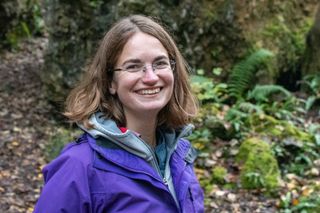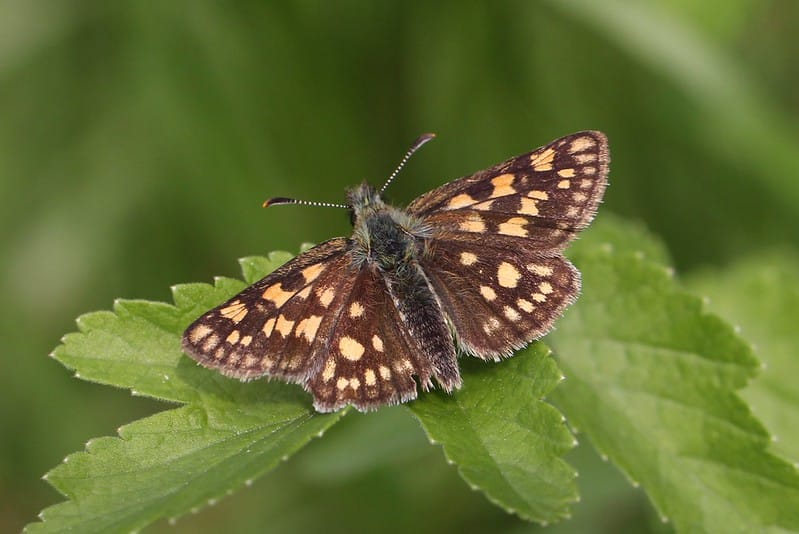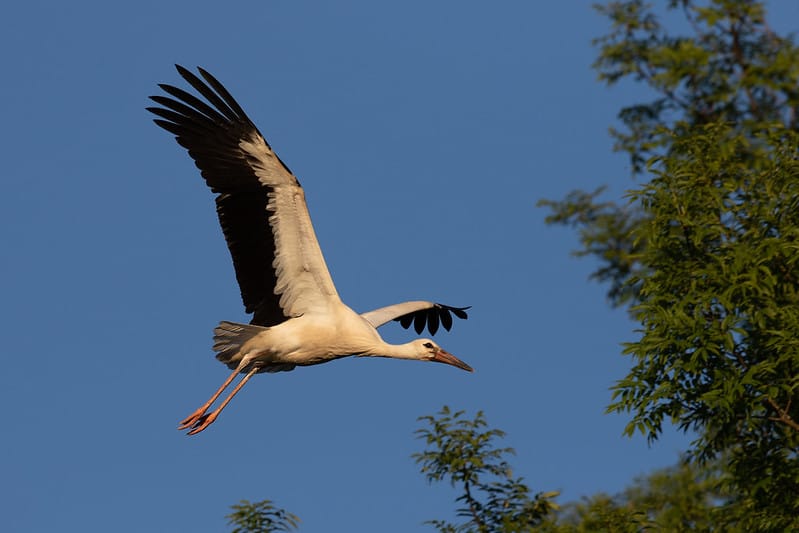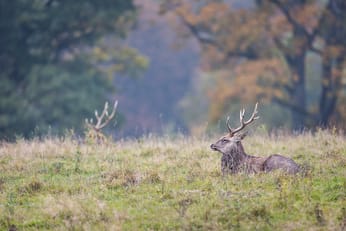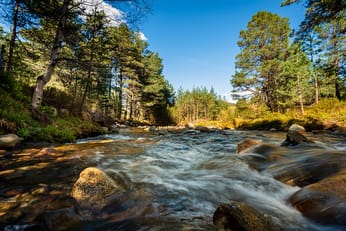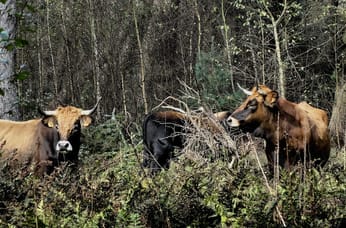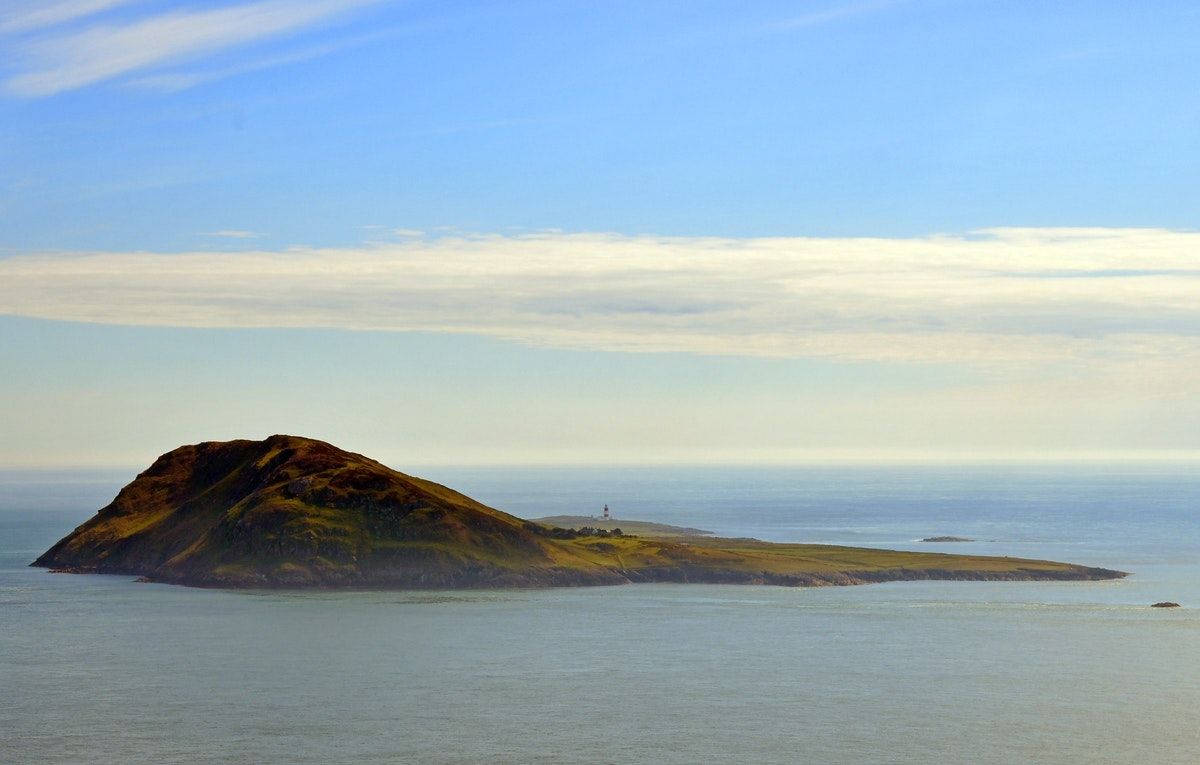
Bird observatories are struggling to survive in lockdown
The lockdown has put a huge gap in this year’s wildlife data.
Every year, there is a census of the UK’s birdlife.
The task is carried out by an army of volunteers and professionals, across some of the UK’s most remote locations, who count species both rare and commonplace. The data is crucial for conservation, enabling scientists to track the fortunes of wildlife over time. This year, however, the spreadsheets will be largely blank.
As the country went into lockdown, the government clarified that bird surveys were not considered vital work in the context of a pandemic, says David Noble, principal ecologist at the British Trust for Ornithology (BTO). “These are official government statistics, so we wondered if that might make it essential. But it wasn’t, and I’m not surprised,” he said.
Will this year’s gap in the data dent conservation efforts? In particular, will we ever have the data to prove whether nature made a comeback this spring? It is a question that the BTO is interested in, says Noble, but the answer lies in next year’s numbers, which will show how many chicks were successfully raised this summer.
“A lot of that is a behavioural thing, which will be quite short-lived,” he adds. “Animals that have started using areas that they didn’t use as much, like going on beaches that are normally crowded with people, they’ll just move back. I think it might make more of a difference to mammals than birds, because birds are usually less bothered by people anyway.”
One year of patchy data is not the end of the world, says Noble. The last interruption on this scale was in 2001, when the countryside was all but closed with foot and mouth disease. Conservation success ultimately depends upon the actions taking place in the real world, rather than the numbers printed in an annual report. Nonetheless, it will make an already challenging task – figuring out just what’s going on with Britain’s birds – even harder.
“Like all organisations that study drivers of change – is it climate change, land use, urbanisation, or pollution that’s causing declines? – we have big datasets but it’s always quite difficult to detect changes. You need a strong signal and lots of data to detect it, and this will make that harder,” he says.
Coronavirus has brought other problems for conservation organisations that depend on an army of citizen scientists to collect data. This year could see a bias towards urban areas, as volunteers stick to their homes and neighbourhoods. Correcting this data may ultimately be more effort than it’s worth. Many conservation groups, including the BTO, are concerned about whether their volunteer army will return next year; keeping people engaged when their raison d’être has been put on hold is a challenge.
For some monitoring organisations, the pandemic is an existential threat. There are bird observatories facing financial collapse in the wake of coronavirus, as their funding models have collapsed.
These observatories undertake long-term monitoring of migrations and populations at specific locations, which are often remote and beautiful, through censuses and bird ringing. Their surroundings normally give them a financial advantage: many fund their scientific work through tourism, offering a quirky place to stay overnight or stop for coffee. Coronavirus has stopped that model in its tracks.
“We’ve got no guests staying in the lodge. That’s where we get 70 to 80% of our annual income,” says Steven Stansfield, the warden at Bardsey Island bird observatory, off the coast of North Wales. “Other observatories are struggling financially as well – they’ve furloughed their staff, and there are quite a few that are not doing any monitoring work at all because they don’t have any reserves to fall back on.”
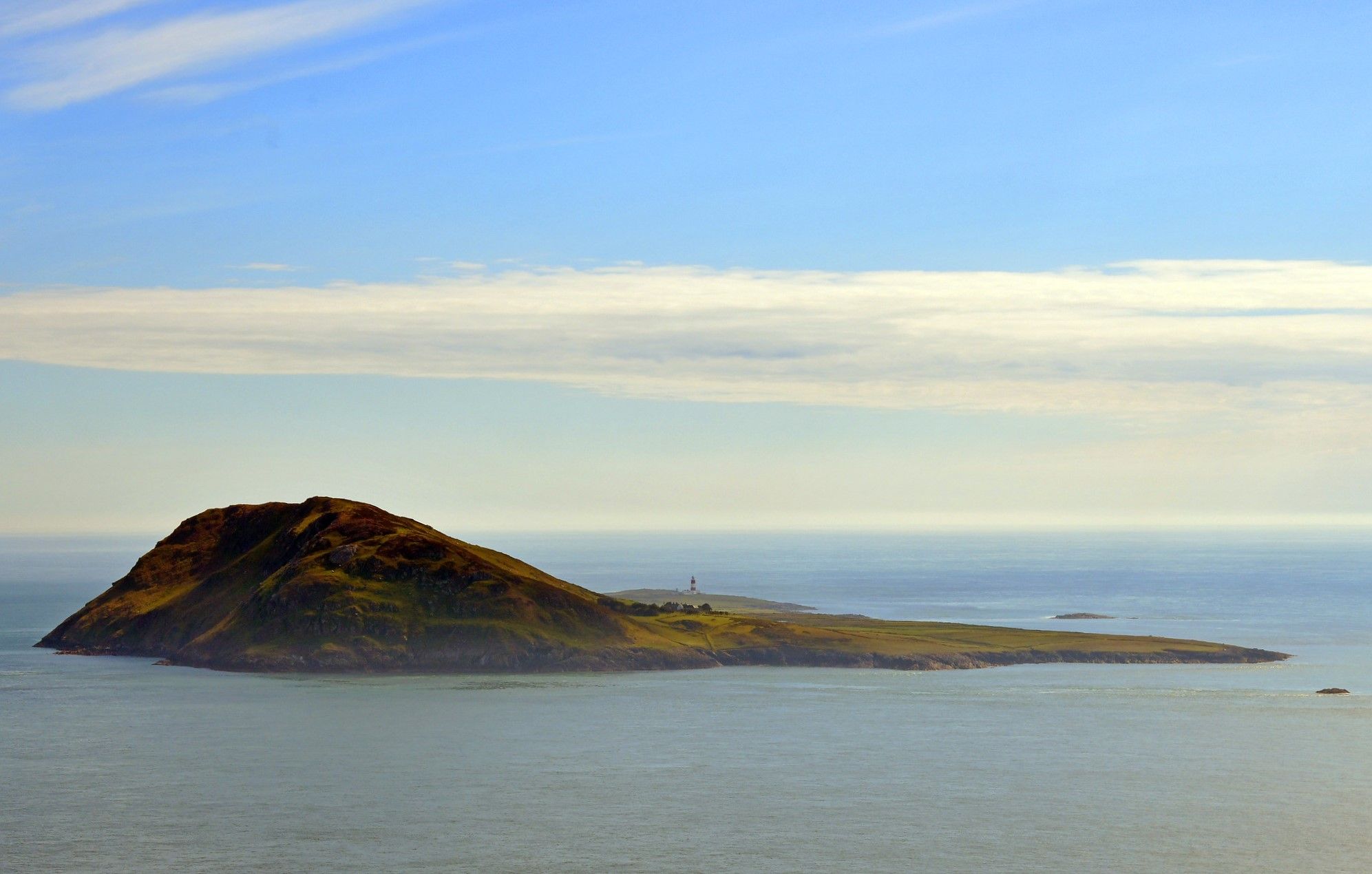
Bardsey Island has managed to keep monitoring its birds throughout the lockdown – the team has essentially been functioning as one household, says Stansfield. Other observatories, however, have faced insurmountable challenges. The observatory on the Isle of May in Scotland, which had the UK’s longest unbroken dataset, had to put work on hold as the pandemic spread, with two staff finally returning on 8 June.
The challenges of a pandemic are magnified on these small islands. Some are uninhabited, and the wardens are used to working in total isolation – Bardsey Island is socially distanced from the rest of the world by two miles of water, Stansfield points out. But where there is a small community, the need to monitor birds needs to be weighed against the risks to residents, who are often old and vulnerable.
“If COVID-19 was to come here, the impacts would be quite significant. While we have a resident nurse practitioner on the island, we’re in the middle of the North Sea – you can’t rock up to A&E without going in a helicopter,” says Fiona Mitchell, who lives on Fair Isle, and is on the bird observatory’s board of directors. The island has a population of under 50 people.
The need for caution has also interrupted the monitoring work itself, she adds. “The warden couldn’t do the seabird work. People weren’t allowed to go out in a boat, because that presented a risk to the emergency services, in case the Coast Guard had to be called out.”
Some observatories are now fundraising to secure their futures; the musician David Gray even wrote a new song about Skomer and Skokholm Islands to raise money for the Welsh observatories. But that may not be enough. Unless the tourism industry picks up soon, the future looks bleak for these remote outposts of science.
Subscribe to our newsletter
Members receive our premium weekly digest of nature news from across Britain.
Comments
Sign in or become a Inkcap Journal member to join the conversation.
Just enter your email below to get a log in link.

